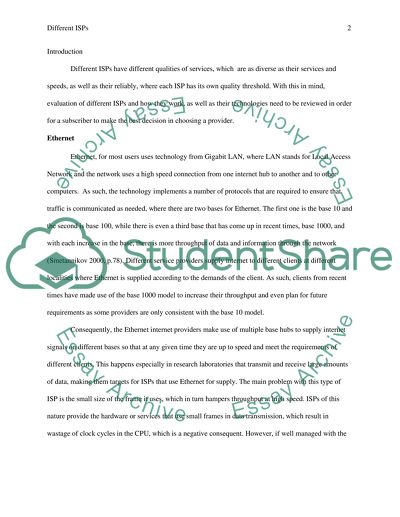Cite this document
(“Different internet service providers (ISPs) Essay”, n.d.)
Retrieved from https://studentshare.org/information-technology/1479371-different-internet-service-providers-isps
Retrieved from https://studentshare.org/information-technology/1479371-different-internet-service-providers-isps
(Different Internet Service Providers (ISPs) Essay)
https://studentshare.org/information-technology/1479371-different-internet-service-providers-isps.
https://studentshare.org/information-technology/1479371-different-internet-service-providers-isps.
“Different Internet Service Providers (ISPs) Essay”, n.d. https://studentshare.org/information-technology/1479371-different-internet-service-providers-isps.


